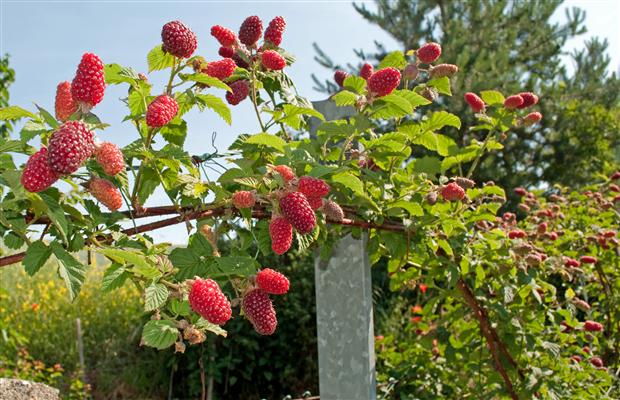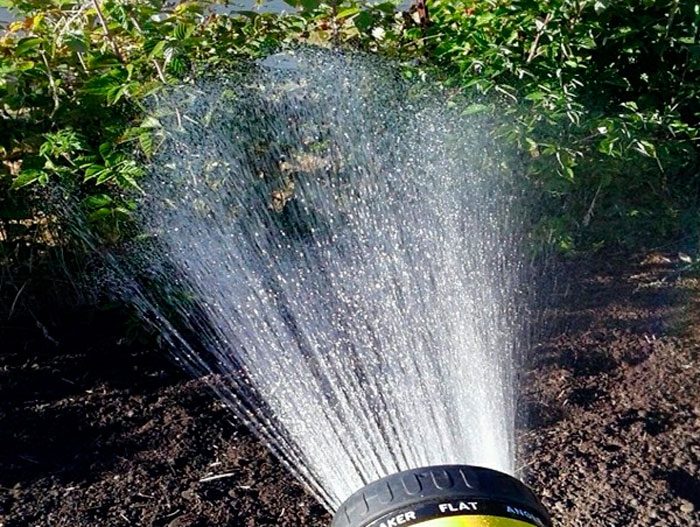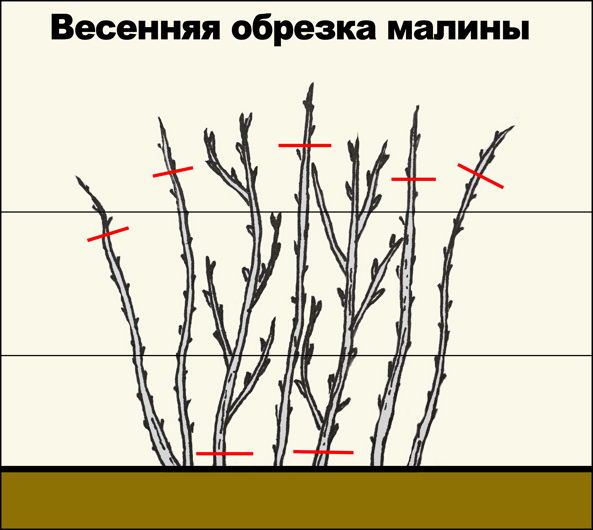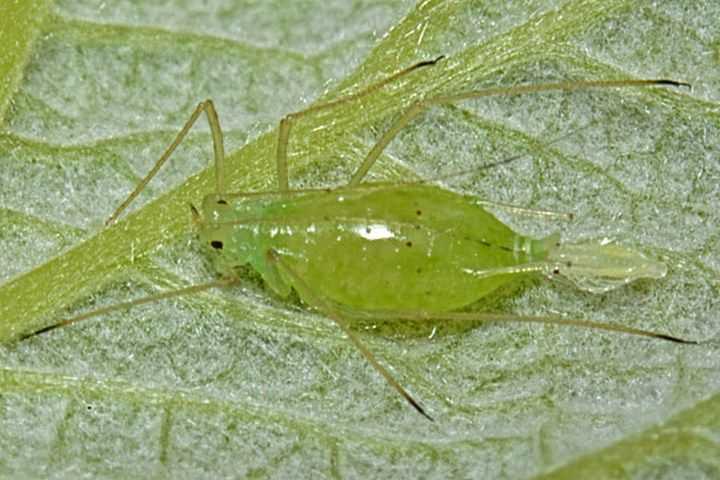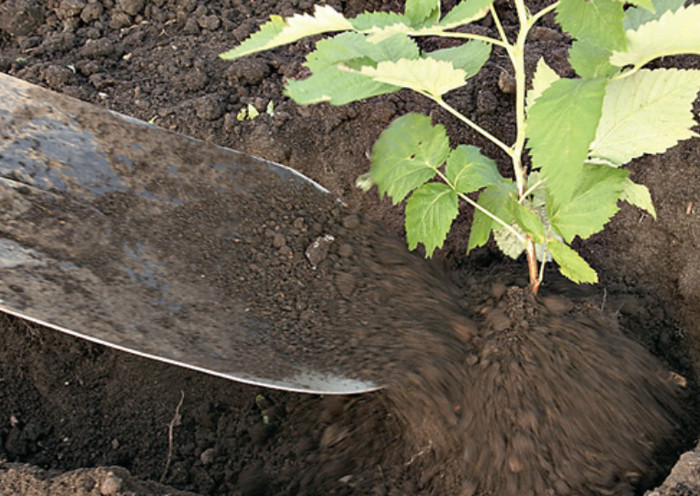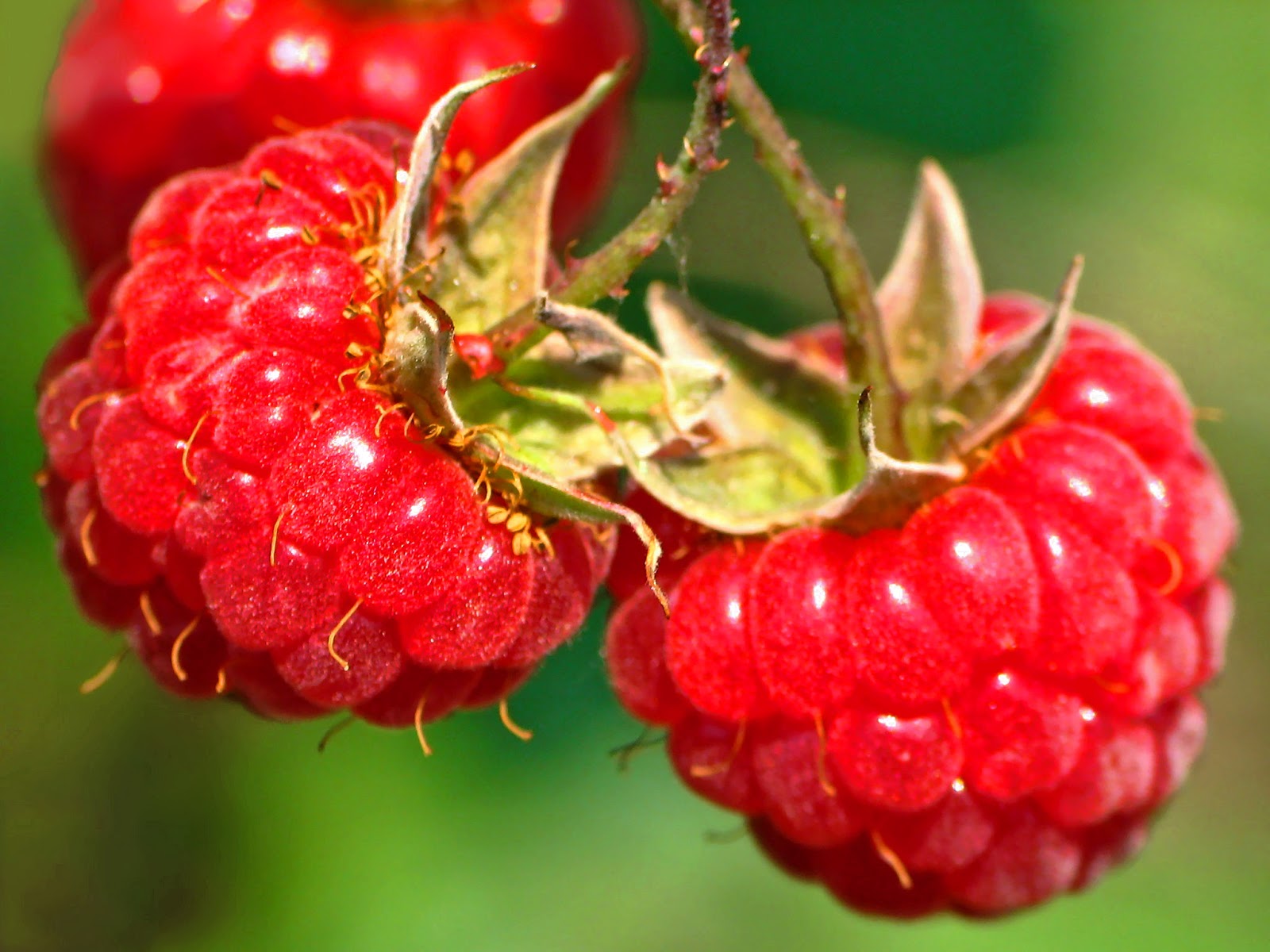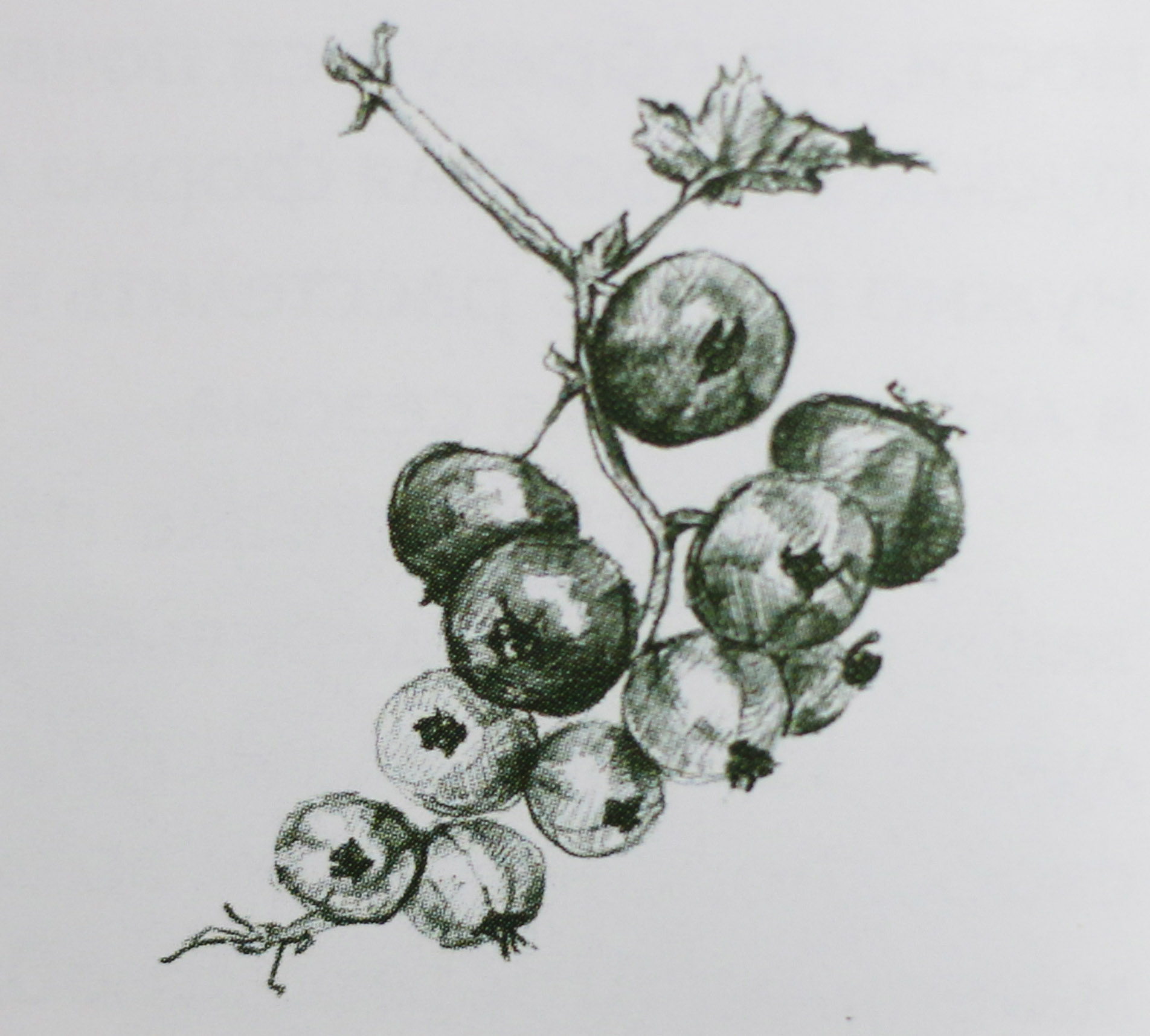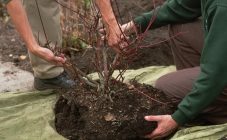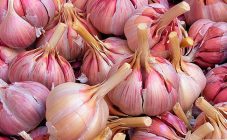Content:
Raspberries are a crop that is found on the plots of most Russian gardeners. Like any other fruit and berry plant, the shrub requires some care. Taking care of raspberries in the spring is especially important.
Features of spring care
Careful care of raspberry bushes in the spring is a kind of guarantee of a decent harvest at the end of the season. Any mistake a gardener makes when growing a plant can reduce its fruiting rate, and therefore it is simply necessary to know some of the rules and nuances of how to care for raspberries.
Growing and full-fledged spring care of the crop without fail includes such activities as pruning, feeding, garter and treatment of shrubs from diseases and pests.
Taking shelter after winter
The beginning of spring care for raspberries is associated with the cleaning of the winter shelter. If you do not do this on time, the buds of plants may swell ahead of time and will not be able to survive unexpected spring frosts.
Therefore, raspberries should be opened in the spring as soon as the bulk of the snow melts. The covering material is removed, the bulk material is raked off, and each bush is carefully straightened, trying to lift it so as not to harm the branches.
In each region, the time for removing the shelter is different. Accordingly, the answer to the question of when it is possible to open raspberries in Chita will be different compared to the period acceptable for the southern regions.
Watering
Raspberries that begin to wake up require mandatory watering. The timing of the first watering may vary, depending on the growing region. In the southern regions, spring comes early, and May is almost summer. In such conditions, the melt water evaporates very quickly, which forces the raspberries to be watered for the first time in a season, even before the first feeding is applied.
As for the more northern regions, winters are usually quite snowy in them, and more melt water is formed. Given the fact that spring is not particularly warm in such areas, melt water does not evaporate too intensely. In such growing conditions, watering berries such as raspberries in the spring is not a prerequisite for caring for the plant. Moreover, it must be made taking into account the weather without fail.
Top dressing and fertilization
In early spring, it is important to carefully prepare the plant for the growing season. For this purpose, top dressing is introduced into the ground. The correct choice of fertilizers in spring is nitrogen-containing formulations that stimulate the growth of both leaves and shoots. For this purpose, urea is introduced into the soil in a ratio of 10 grams per 1 square meter. In addition, it is allowed to apply a solution of poultry manure or cow manure to the site.
If there is not enough melt water in the area where the raspberry tree is planted, the soil must be additionally watered before fertilizing. Otherwise, there is a risk of burning the roots.
Immediately after applying the fertilizing composition, each tree and bush must be thoroughly mulched. Mulch retains moisture for a longer period of time and significantly slows down weed growth.
The next spring feeding is done before the shoot produces buds. At this stage, it is necessary to introduce potassium-phosphorus complexes into the soil. Alternatively, fertilizers can be replaced with nettle infusion and compost.
Pruning
Anyone who has a summer cottage and a desire to grow a good harvest of raspberries will not be able to do without plant trimming. Usually, this manipulation is performed in early spring before the start of sap flow.
You will need a secateurs to work. It must be well sharpened. Only in this case, the tool will leave an even mark on the plant, which will quickly tighten and will not become a source of infection.
Not only shoots that have frozen and broken off during the winter, but also growing young shoots located far enough from the center, are subject to removal in the spring. They must be removed at the root. It is allowed to use a shovel for this purpose. When young growth reaches a height of 25 to 30 centimeters, it will also need to be cut. In order for the remontant raspberry plant to give a decent harvest, 40 healthy branches per 1 square meter are quite enough.
Garter
Answering the question of how to properly care for raspberries in spring, one should not forget about the garter of the plant. In principle, this procedure can be performed when autumn comes.
But if we are talking about raspberry berry care in spring, the advice of experienced gardeners, as a rule, boils down to the fact that it is the spring garter that is most preferable. This is due to the following reasons:
- the risk of infection of the raspberry with fungal diseases and the invasion of harmful insects, which often like to hide in the shade of foliage, decreases;
- the density of the shoots contributes to the crushing of the young growth and its complete withering away;
- there is a faster pollination of the fruit by bees;
- harvesting requires minimal effort and is less traumatic.
Raspberries in the spring can be tied in one of the following ways:
- fan-shaped;
- stake;
- tapestry.
The fan-shaped method is considered one of the simplest, since the work in this case takes the minimum amount of time. Its essence lies in the fact that the bush is divided into two identical parts, near each of which a rail is driven in, to which the plant is attached. As a result, outwardly, the raspberry tree begins to resemble an open fan. The main advantage of a fan garter is that such a distribution of branches provides access to sunlight for all shoots without exception.
There are no difficulties with the raspberry garter stitching method either. In order to bring it to life, minimal preparation is required - to find a peg up to 2 meters high. The stake is stuck directly next to the shrub, close to the center of the plant.
The shoots should be tied exclusively to the upper parts, so that each berry looks into the sun.
As for the trellis method of garter, its use requires some experience from the gardener. In the area where raspberries are planted in open ground, stakes are driven into the ground around the perimeter, between which a wire is stretched at three levels. It is to her that the garter of plants is carried out.
Whichever of the above methods is chosen, it is recommended to use consumables for tying with which it is convenient to work (tie and untie). On sale you can find special fasteners for tying shrubs, be it currants, raspberries or hedges from other crops.
Disease and pest control
Most raspberry diseases are transmitted by insects. The remaining diseases are the result of poor-quality care and violations of agricultural technology.
The fight against harmful insects should begin in early spring after the snow melts, but before the buds have time to bloom. Some regional features should also be taken into account. So, for example, in the southern regions, pest and disease control can be started already at the beginning of March, and in the middle lane - already closer to mid-April. In the northern latitudes, these events can even be postponed to late spring or early summer.
If practically any pest can be preventively destroyed by treating the site with an insecticide, and its larvae by treating the Bodross mixture and digging up the soil, then the situation with diseases is somewhat more complicated. In the spring, prevention is usually carried out, which involves a whole range of multifaceted measures.
First of all, we are talking about the following points:
- compulsory spring thinning of raspberries;
- timely elimination of ticks, aphids and cicadas from the site, as well as their larvae;
- choice for planting exclusively healthy and proven planting material;
- timely elimination of diseased shoots and shrubs;
- thorough cleaning of fallen leaves in early spring;
- digging and loosening the soil under raspberries;
- spring weeding.
Only the implementation of the listed complex of measures can significantly reduce the likelihood of illness.
Transfer
Practice shows that spring is an excellent time for transplanting raspberry bushes for those gardeners who do not have a desire to especially engage in the preparation of new shoots. In this case, it will be enough to wait for the moment when the plant wakes up from hibernation, choose the strongest and healthiest specimens and move to a new place.
If everything is done correctly, then in one and a half to two days, the transplanted bushes will have time to move away and continue their development. By the end of the season, it is quite possible to count on getting a harvest, albeit in a slightly smaller volume.
Good yield conditions
To get a large raspberry harvest at the end of the season, you should create optimal conditions for the plant. Raspberries have a fruiting period of about 10 years. After a specified period of time, the berries become smaller, and their number is significantly reduced. This problem can be easily solved by moving the raspberry tree to a new place.
Timely spring pruning is another important condition for increasing the fruiting function of raspberries. The less extra shoots a bush has, the more nutrients from the soil are spent on the formation and ripening of fruits.
Sunlight is an equally important condition for the growth of raspberries. If the shrub is planted in the shade, it will stretch towards more lighted areas. It is better to choose a site for planting raspberries even or with a minimum slope to the south. In no case should the raspberry plant be placed in the lowlands - there the plant is likely to get sick often. Likewise, elevations are undesirable for planting a plant - on them raspberries will suffer from a lack of moisture.
Mistakes when caring for raspberries in spring
Probably, you cannot find a gardener who would not want to grow a gorgeous raspberry tree with incredibly tasty berries on his own garden plot.But in order to achieve the designated goal, it is very important to provide the plant with proper care, first of all, in the spring. It is best to find out in advance about the mistakes that can be made in the process. We are talking about the following points, which in practice happen more often than it might seem at first glance:
- Winter shelter (peat, straw, fallen leaves) is not removed, but left on the site. In covering materials, pests may well hibernate. And if you do not take care of and remove the insulation, there is a serious risk of infection not just one single plant, but the entire raspberry tree;
- Spring loosening of the soil is carried out to too great a depth. Practice shows that you should not loosen a depth of more than 15 cm. This depth is usually sufficient to provide free access to the root system of oxygen, moisture and nutrients. Deeper loosening can disrupt the root system and ultimately lead to the death of the shrub;
- Plant pruning is done incorrectly or out of time. As a result, the culture spends a lot of energy on germinating the leaves;
- Spring feeding is not done or is done incorrectly. Some gardeners are limited to adding manure and humus to the soil. But in the spring, raspberries are vital, first of all, nitrogen. Its absence or insufficient content in the soil will reduce the number of berries.
